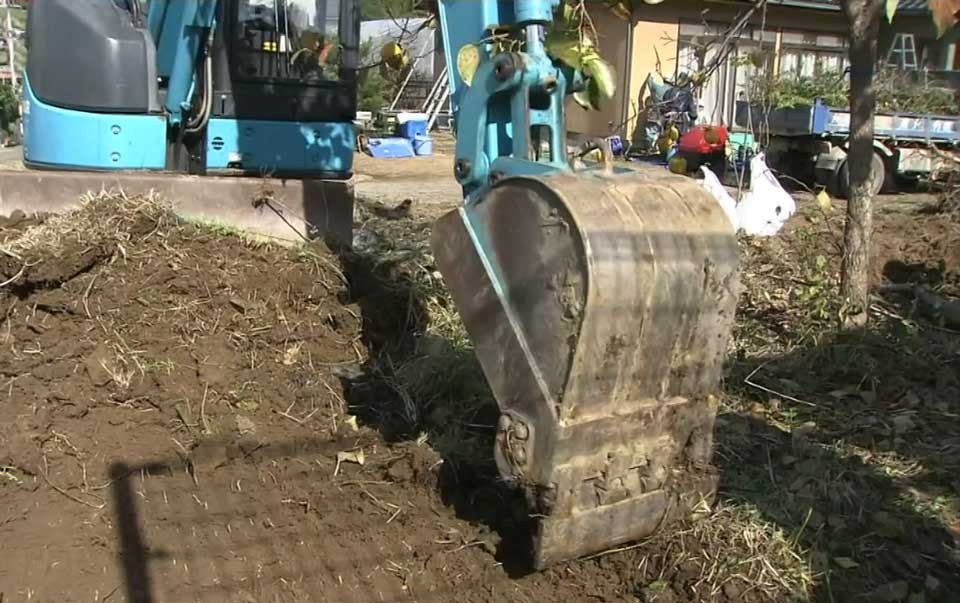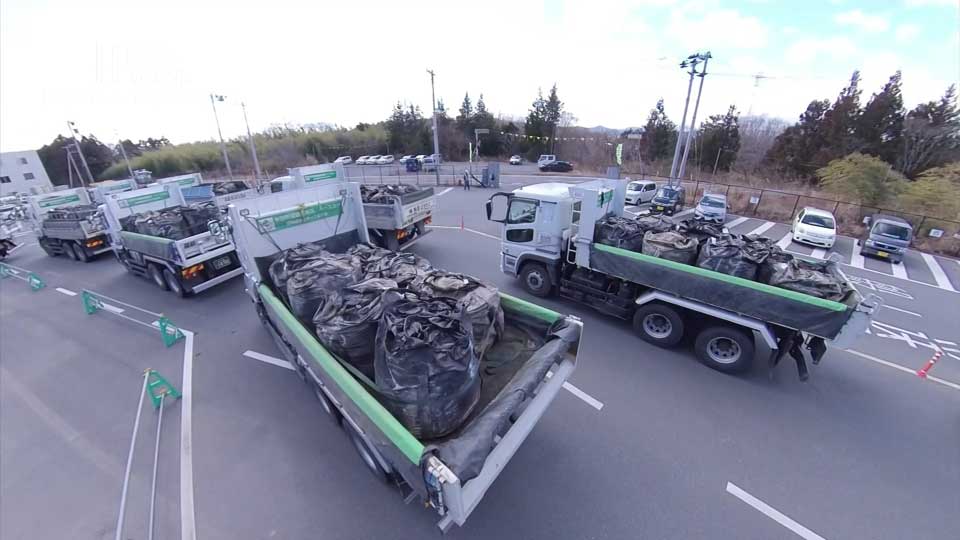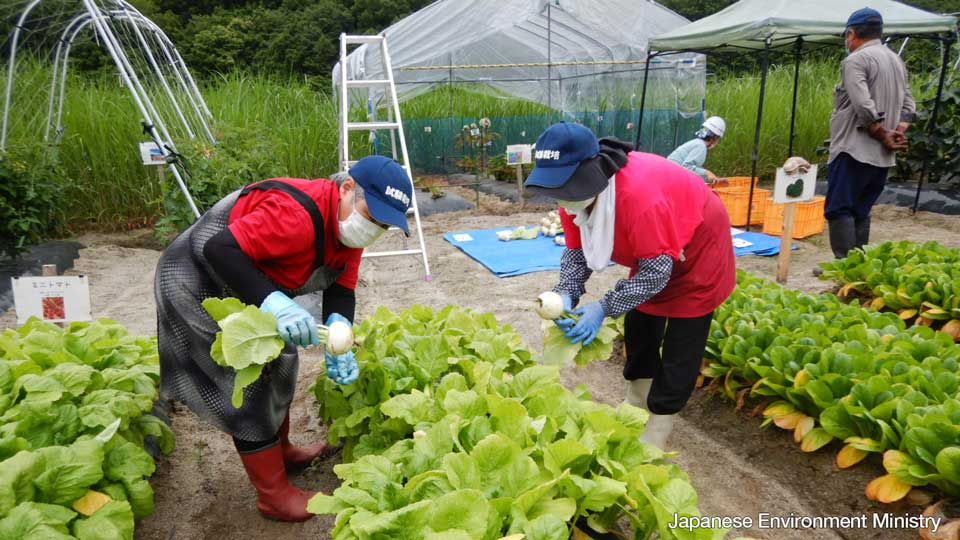The cleanup work started soon after the nuclear accident in March 2011. The nuclear disaster discharged radioactive particles across Fukushima and neighboring prefectures. More than 70 percent of Fukushima's municipalities were registering radiation levels above the national safety standard. Decontamination was key to making the region safe again and reviving local industries.
Workers have been removing radioactive topsoil, grass, trees, and building materials. The scale and expense of the project is vast. The Japanese government has already spent more than $43 billion on decontamination efforts.

Storage facility worries residents
The contaminated soil and waste was piling up in residential areas and hindering reconstruction efforts, so the government decided to build temporary storage facilities on land stretching across the towns of Futaba and Okuma which host the nuclear plant. It occupies a 1,600-hectare site—nearly five times the size of New York's Central Park.

Since 2015, about 1,000 trucks have been arriving daily and dumping around 7,000 bags of soil. The Environment Ministry says workers have moved almost 13 million cubic meters of it so far.
The government introduced a law requiring the soil to be moved out of Fukushima Prefecture by 2045. But the people of Fukushima, especially those who used to live near the site, are worried it will become a permanent fixture.
"There is concern that this will become a final disposal site, but I understand that it's inevitable that people will have to accept it," says an 84-year-old man who once lived on the site. "I don't think I will be alive in 30 years, but I want them to put my land back the way it was."
Promising research
In a bid to reduce the overall amount of waste, crews are sorting the material at the facility to separate what can be burned. It is hoped that some of the soil can be reused.

The Environment Ministry is looking at whether it can use the soil to grow vegetables or build roads. Research on food cultivation in the area has found radiation levels below official standards.
So far, the research has been limited to one district of Fukushima. The Environment Ministry is planning to commission further studies aim to help people understand what's possible and, most importantly, what's safe.
A final disposal site
The biggest challenge for the national government is to find suitable land outside of Fukushima for final disposal. Officials have been running a public awareness campaign to try to find support for a location. So far, no municipality has volunteered to be the host.
Despite the lack of progress, the government is adamant it remains committed to its deadline.
"We have promised the local government we will dispose of the waste outside the prefecture by March 2045," says Environment Ministry official Hattori Hiroshi. "Since it is required by law, we will fulfill the promise. Of course, we are fully aware of the voices of concern from local people."
High radiation zones remain
Officials say the project to transfer contaminated soil to an interim storage site will be largely completed by the end of this month, but in parts of Fukushima—including the towns of Futaba and Okuma—the radiation levels are relatively high and full-scale decontamination work has not yet begun. And more than 30,000 people still are not able to return their homes.

Not one of the former residents of Futaba has returned to live there full-time. Local officials are hoping to allow some back in June for the first time. But an official survey found that more than 60 percent of the former residents have no intention of returning. Only about one in ten said they want to return. Almost a quarter of respondents say they haven't made their minds up yet.
Many of the evacuees have already restarted their lives elsewhere. The central and local governments are hoping they can attract new residents to the area and are offering $17,000 to anyone who makes the move.
But for those former residents undecided about returning, safety concerns are paramount. They want to know if the decontamination work will be completed and the soil will be moved. They also want more clarity about the decommissioning work at the crippled plant. The government has promised that will be completed by 2051 at the latest, but details are scant.

